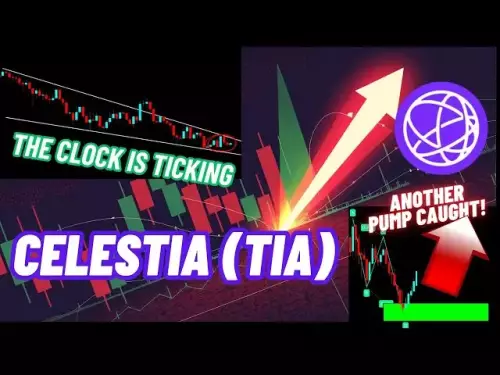-
 Bitcoin
Bitcoin $109300
0.15% -
 Ethereum
Ethereum $4365
-2.51% -
 Tether USDt
Tether USDt $0.0000
0.01% -
 XRP
XRP $2.770
-1.34% -
 BNB
BNB $848.3
-1.97% -
 Solana
Solana $199.9
-2.45% -
 USDC
USDC $0.9999
0.01% -
 Dogecoin
Dogecoin $0.2124
-2.55% -
 TRON
TRON $0.3373
-1.53% -
 Cardano
Cardano $0.8106
-1.67% -
 Chainlink
Chainlink $22.77
-4.01% -
 Hyperliquid
Hyperliquid $44.17
-1.66% -
 Ethena USDe
Ethena USDe $1.001
0.02% -
 Sui
Sui $3.219
-2.57% -
 Stellar
Stellar $0.3547
-0.52% -
 Bitcoin Cash
Bitcoin Cash $547.5
0.73% -
 Avalanche
Avalanche $23.51
-1.56% -
 Hedera
Hedera $0.2159
-3.40% -
 Cronos
Cronos $0.2680
-8.08% -
 UNUS SED LEO
UNUS SED LEO $9.587
0.19% -
 Litecoin
Litecoin $109.4
-0.86% -
 Toncoin
Toncoin $3.140
-0.93% -
 Shiba Inu
Shiba Inu $0.00001215
-1.69% -
 Polkadot
Polkadot $3.737
-1.94% -
 Uniswap
Uniswap $9.421
-3.77% -
 World Liberty Financial
World Liberty Financial $0.2179
-4.68% -
 Dai
Dai $0.9999
0.01% -
 Bitget Token
Bitget Token $4.690
2.86% -
 Monero
Monero $260.8
-0.35% -
 Aave
Aave $307.6
-4.52%
Crypto Arbitrage on Bitfinex: A Guide to Low-Risk Profits
Bitfinex's deep liquidity and stablecoin trading pairs create frequent arbitrage opportunities, especially during volatility, though success requires fast execution and careful risk management.
Aug 31, 2025 at 11:18 am
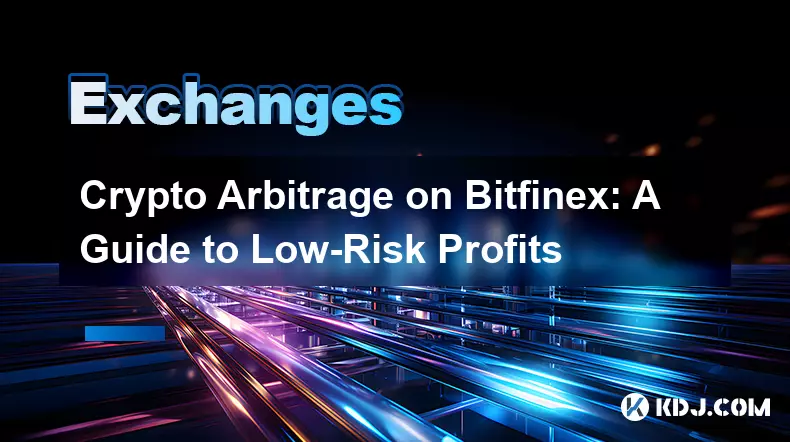
Crypto Arbitrage on Bitfinex: Understanding the Basics
1. Bitfinex is one of the longest-standing cryptocurrency exchanges, known for its deep liquidity and wide range of trading pairs. This makes it a prime candidate for arbitrage strategies where price discrepancies occur between markets. Traders can exploit minor differences in asset prices across exchanges or within the same platform using different trading pairs.
2. Arbitrage on Bitfinex often involves stablecoin pairs like USDT/USD or DAI/USD, where slight deviations from parity create opportunities. For instance, if BTC/USDT is priced lower than BTC/USD on the same exchange, a trader can buy on the cheaper pair and sell on the higher one, locking in a nearly risk-free profit.
3. Triangular arbitrage is another method used on Bitfinex, where traders cycle through three different trading pairs to exploit imbalances. For example, converting BTC to ETH, ETH to USDT, and USDT back to BTC may result in a surplus if pricing inefficiencies exist. This requires fast execution and low latency to be effective.
4. The success of arbitrage relies heavily on transaction speed and minimal fees. Bitfinex offers competitive fee structures, especially for high-volume traders, which increases the feasibility of repeated small-profit trades. Automated bots are commonly deployed to scan for these discrepancies in real time.
5. Market volatility can temporarily widen spreads, increasing arbitrage opportunities. However, during extreme volatility, execution risk rises due to slippage or order book imbalances. Traders must monitor depth charts and order book health to ensure smooth entry and exit.
Setting Up for Arbitrage: Tools and Accounts
1. A verified Bitfinex account with API access is essential. This allows integration with trading bots or custom scripts that monitor price differences across pairs. Two-factor authentication should be enabled to secure API keys and prevent unauthorized access.
2. Traders often use Python-based tools or platforms like Hummingbot to automate arbitrage strategies. These tools connect to Bitfinex via API, continuously checking for price divergences and executing trades when predefined thresholds are met.
3. It's crucial to maintain balances in multiple currencies on Bitfinex to avoid transfer delays. Holding funds in BTC, ETH, USDT, and USD ensures readiness to act when arbitrage windows open. Cross-margin accounts can also enhance capital efficiency.
4. Network fees for depositing or withdrawing funds should be factored into the strategy. On-chain transactions, especially during congestion, can erode profits. Staying within the exchange ecosystem minimizes these costs.
5. Backtesting historical data helps validate arbitrage models before going live. Using Bitfinex’s public API, traders can retrieve past price data for various pairs and simulate how a strategy would have performed under real market conditions.
Risks and Limitations of Bitfinex Arbitrage
1. Execution risk remains a key concern. Even with fast bots, network latency or exchange API delays can cause missed opportunities or partial fills. Orders may not execute at expected prices, especially in thin markets.
2. Liquidity fragmentation across trading pairs can limit the size of profitable trades. Large arbitrage positions may exhaust available depth, leading to slippage that negates gains. Traders must size positions according to available order book volume.
3. Regulatory scrutiny around stablecoins can impact arbitrage involving USDT. If redemptions are delayed or confidence in the token wavers, price deviations from $1.00 may persist longer than expected, increasing holding risk.
4. Bitfinex has experienced temporary outages or API throttling during high volatility. These disruptions can prevent bot operations, leaving strategies exposed. Implementing fail-safes and monitoring system status is necessary.
5. Profit margins in arbitrage are typically small, often less than 0.5%. This means high turnover is required to generate meaningful returns. Operational errors, such as misconfigured bots or incorrect API permissions, can quickly turn small gains into losses.
Frequently Asked Questions
What is the minimum capital needed to start arbitrage on Bitfinex?While there is no fixed minimum, successful arbitrage usually requires at least $5,000 to cover multiple positions and absorb minor losses. Higher capital allows for larger trade sizes and better utilization of small price differences.
Can I perform arbitrage between Bitfinex and other exchanges?Yes, cross-exchange arbitrage is possible but introduces additional risks such as withdrawal delays, network fees, and counterparty risk. Transferring funds between exchanges takes time, and price differences may vanish before execution.
How often do arbitrage opportunities occur on Bitfinex?Opportunities arise frequently, especially during periods of high trading volume or volatility. Stablecoin pairs often show small deviations multiple times per day. Automated systems are best suited to capture these fleeting moments.
Are there any taxes on arbitrage profits from Bitfinex?Tax treatment depends on jurisdiction. In many countries, crypto arbitrage profits are considered taxable income or capital gains. Traders should maintain detailed records of transactions for reporting purposes.
Disclaimer:info@kdj.com
The information provided is not trading advice. kdj.com does not assume any responsibility for any investments made based on the information provided in this article. Cryptocurrencies are highly volatile and it is highly recommended that you invest with caution after thorough research!
If you believe that the content used on this website infringes your copyright, please contact us immediately (info@kdj.com) and we will delete it promptly.
- Memecoins September 2025 Watchlist: What's Hot Now?
- 2025-08-31 23:25:15
- Eric Trump Predicts Bitcoin to $1 Million: Hype or Reality?
- 2025-08-31 23:25:15
- BlockDAG: Redefining Scalability and ROI Potential in 2025
- 2025-08-31 23:05:16
- Ozak AI, Altcoins, and 20x Potential: Navigating the Crypto Landscape
- 2025-09-01 00:05:12
- Bonk Price, Solana Meme Coin, and the Rise of Layer Brett: A New Era?
- 2025-08-31 21:25:12
- ETH Transactions Soar, BTC Whale Shifts Gears: Decoding August's Crypto Charts
- 2025-08-31 21:05:16
Related knowledge

How to create a sub-account on Binance?
Sep 01,2025 at 12:36am
Accessing the Binance Sub-Account Feature1. Log in to your Binance account using your registered email and password. Ensure that two-factor authentica...
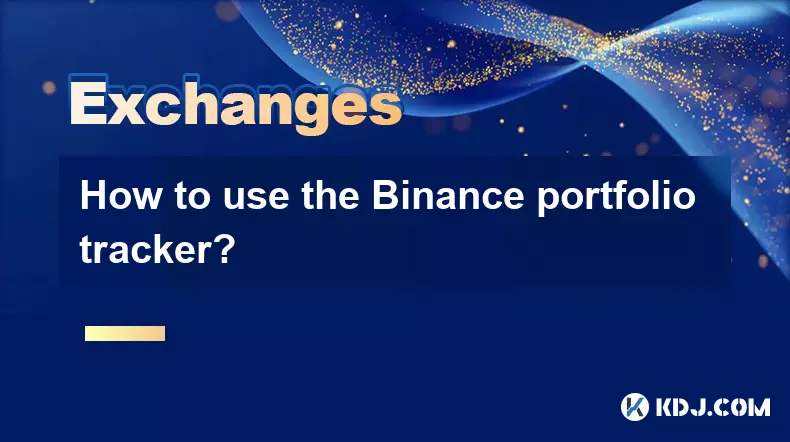
How to use the Binance portfolio tracker?
Sep 01,2025 at 01:00pm
Understanding the Binance Portfolio Tracker1. The Binance portfolio tracker is a powerful tool designed to help users monitor their cryptocurrency inv...
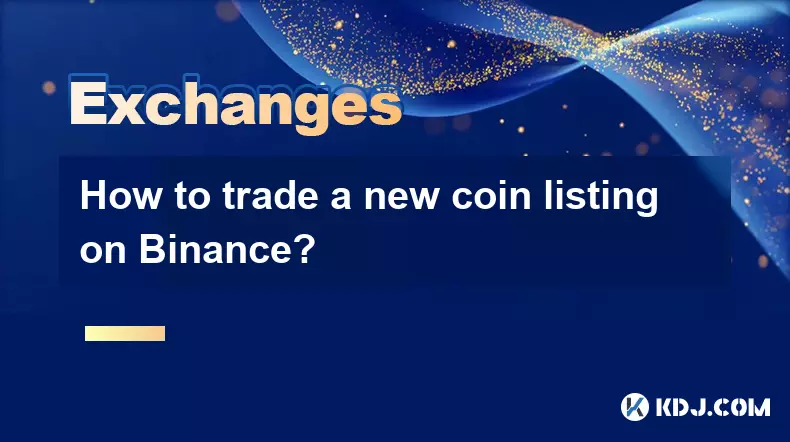
How to trade a new coin listing on Binance?
Aug 29,2025 at 11:14am
Understanding the Pre-Listing Phase1. Research the project thoroughly before any listing announcement. Whitepapers, team backgrounds, and community se...
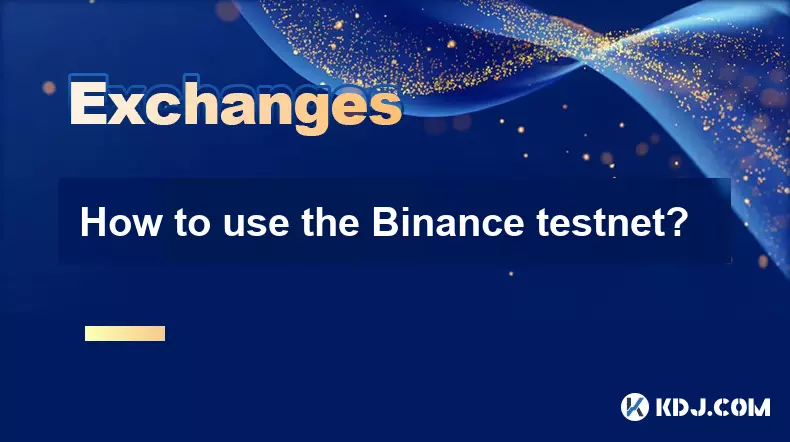
How to use the Binance testnet?
Aug 31,2025 at 02:19am
Understanding the Binance Testnet Environment1. The Binance testnet is a simulated version of the Binance Smart Chain (BSC) that allows developers and...
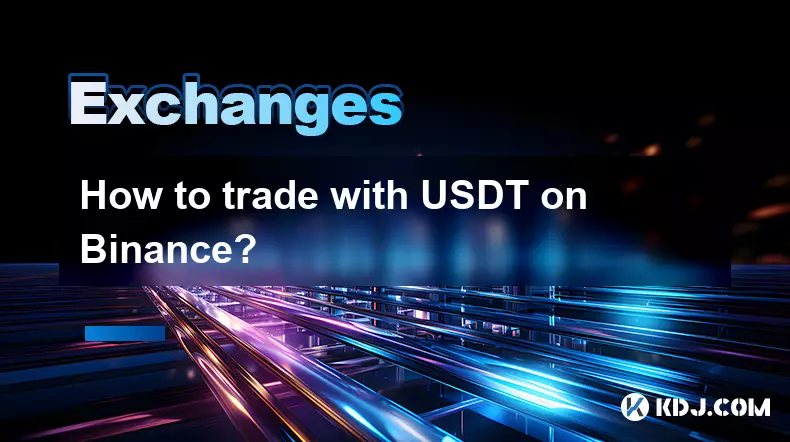
How to trade with USDT on Binance?
Aug 30,2025 at 02:19am
Getting Started with USDT Trading on Binance1. Create and verify your Binance account. Visit the official Binance website and complete the registratio...
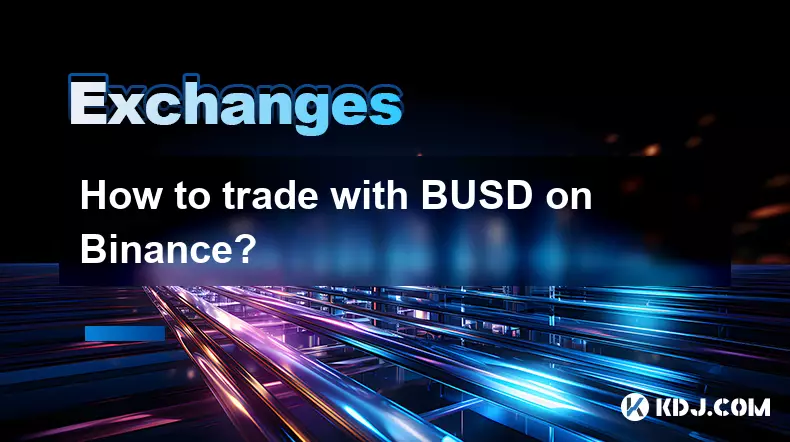
How to trade with BUSD on Binance?
Aug 30,2025 at 07:42am
Understanding BUSD and Its Role in Binance Trading1. BUSD, or Binance USD, is a stablecoin pegged to the value of the U.S. dollar, meaning 1 BUSD is a...

How to create a sub-account on Binance?
Sep 01,2025 at 12:36am
Accessing the Binance Sub-Account Feature1. Log in to your Binance account using your registered email and password. Ensure that two-factor authentica...

How to use the Binance portfolio tracker?
Sep 01,2025 at 01:00pm
Understanding the Binance Portfolio Tracker1. The Binance portfolio tracker is a powerful tool designed to help users monitor their cryptocurrency inv...

How to trade a new coin listing on Binance?
Aug 29,2025 at 11:14am
Understanding the Pre-Listing Phase1. Research the project thoroughly before any listing announcement. Whitepapers, team backgrounds, and community se...

How to use the Binance testnet?
Aug 31,2025 at 02:19am
Understanding the Binance Testnet Environment1. The Binance testnet is a simulated version of the Binance Smart Chain (BSC) that allows developers and...

How to trade with USDT on Binance?
Aug 30,2025 at 02:19am
Getting Started with USDT Trading on Binance1. Create and verify your Binance account. Visit the official Binance website and complete the registratio...

How to trade with BUSD on Binance?
Aug 30,2025 at 07:42am
Understanding BUSD and Its Role in Binance Trading1. BUSD, or Binance USD, is a stablecoin pegged to the value of the U.S. dollar, meaning 1 BUSD is a...
See all articles

























